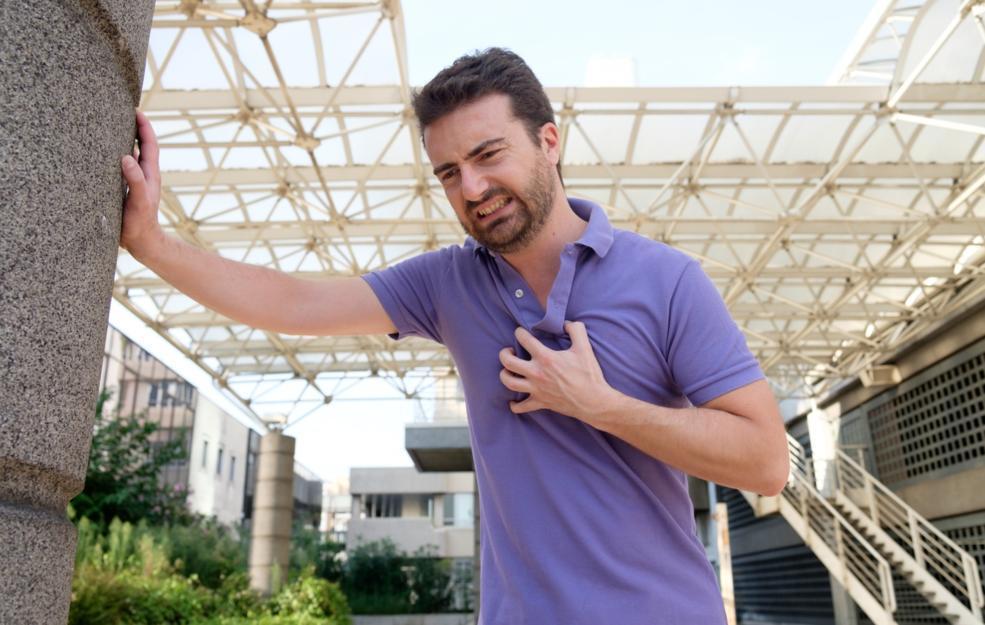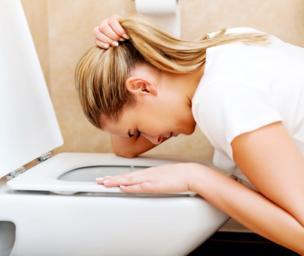What Does Trazodone Treat?
Trazodone increases the level of serotonin in the brain. Serotonin is a natural substance in the brain that helps to maintain balance. Trazodone enhances the activity of serotonin and histamine and helps a person to fall asleep faster. This increases the duration of sleep and also treats depression. Trazodone shortens the time it takes for a person to fall asleep and also decreases waking up time during the night. It enables the person to sleep for a longer duration. Trazodone improves sleep in patients showing other symptoms such as anxiety, aggressive behavior, irritability, and other emotional behaviors. First, try to improve your sleep by developing good sleep habits and good sleep hygiene before you start this medication.
Sometimes, it is used to treat insomnia. Schizophrenia is a mental illness. Its signs are disturbed or unusual thinking, loss of interest in life, and strong or inappropriate emotions. Trazodone is used to treat schizophrenia, too. It is also used to treat anxiety. Side effects of some other medications like abnormal, uncontrolled movements can be controlled using trazodone.
Trazodone belongs to a class of medications called serotonin modulators, which help to treat depression. Trazodone is a prescription drug available in the form of an oral tablet. Less costly ones are the generic drugs which are available in immediate-release oral tablets. They are available under the brand name Oleptro.
Trazodone belongs to the antidepressant class of drugs. These drugs work in a similar manner and are often used to treat similar conditions. The exact mechanism of working for trazodone is not yet known. Trazodone has been approved in the treatment of depression in adults, but its use for treating sleep difficulties in children and adolescents has not yet been approved. This use is known as off label use. When the doctor determines that the benefits are greater than the risks, the doctor may prescribe this medication for off label use. Trazodone may be used to treat insomnia, sleep disorders, alcohol withdrawal, depression, aggressive behavior, and anxiety disorders.
Uses of Trazodone
1. Anxiety disorder: This is a mental disorder characterized by significant fear and anxiety. Symptoms include shakiness and a fast heart rate. Causes of anxiety disorder could be due to environmental and genetic factors.
2. Unipolar depression: This is a mental disorder whose signs include loss of interest in activities that are enjoyable, low mood, low energy, low self-esteem, and pain without any specific cause. Some people may experience periods of depression and periods of normal behavior. If it is not treated, it may cause complications such as suicidal thoughts.
3. Insomnia: In this sleep disorder, people experience trouble sleeping, as well as irritability, depressed mood, daytime sleepiness, and low energy. It can be short-term or long-term and may develop due to psychological stress, heartburn, hyperthyroidism, heart failure, restless leg syndrome, or chronic pain.
However, its major use is in treating depression. Studies have shown that the effectiveness is similar to that of doxepin, amitriptyline, and mianserin. Also, it has low cardiotoxicity, anxiolytic properties, and it is found to have minimal anticholinergic and anti-anxiety properties. Its side effects are mild. Trazodone is found to be helpful in geriatric patients with depression, agitation, and insomnia. Early studies have shown that trazodone can improve obsessive compulsive disorder, however, later studies showed that it did not have antionsessional effects. For the treatment of insomnia, it is used as an alternative to benzodiazepines, but in a lower dose. Although its use is restricted to that of treating depression, studies have shown that it is the second most prescribed drug for treating insomnia.
Off Label Uses
These are non-FDA approved uses:
1. Fibromyalgia: In response to pressure, a person experiences chronic pain, sleep problems, memory trouble, and tiredness. People also complain about bladder problems, restless leg syndrome, bowel problems, numbness, and tingling. This condition is associated with depression and anxiety.
2. Complex regional pain syndrome: This pain is long-term and worsens with time. It is also known as reflex sympathetic dystrophy. A person experiences disproportional pain, swelling, changes in the skin, and sensitivity. The pain starts in one limb and slowly spreads throughout the whole body.
3. Panic disorder: A person experiences panic attacks that are recurrent and sudden, intense fear that includes sweating, palpitation, shaking, numbness, and shortness of breath. The intensity of symptoms increases within minutes.
4. Control of nightmares
5. Bulimia nervosa: This is an eating disorder in which a person eats a large amount of food in a short period of time, then purges, which means they try to get rid of the food consumed by vomiting or by using laxatives or by trying to lose weight through the use of diuretics, water fasting, stimulants, or excessive exercise. This condition is associated with a mental disorder like depression or anxiety. Such a person may harm themselves.
6. Alcohol withdrawal: Symptoms of this include anxiety, sweating, shakiness, vomiting, fast heartbeat, and mild fever. These symptoms occur after excess use. Severe symptoms may include delirium tremens and seizures.
7. Diabetic neuropathy: This is associated with diabetes mellitus. It is associated with nerve damage disorder. It may occur due to damage to diabetic microvascular blood vessels that supply the nerves. It affects the peripheral nerves and the autonomic nervous system, too. Symptoms include diarrhea, balance problems, numbness, tingling, and dizziness.
8. Schizophrenia: In this mental disorder, a person shows abnormal social behavior. Symptoms include confused thinking, false beliefs, less social engagement, and a lack of emotional expression and motivation. Such people often develop depression and anxiety. Causes could include environmental and genetic factors.
9. Obsessive compulsive disorder: In this mental disorder, a person feels the need to perform certain rituals or things repeatedly.The person is unable to control their activities or thoughts for more than a short period of time. Activities include counting things, washing hands, or checking a locked door. The person's life is negatively affected. This condition is also associated with anxiety.
10. Erectile dysfunction: This is a type of sexual dysfunction also known as impotence. It is characterized by the inability to maintain an erection and having pain during sexual activities.
11. Attention deficit/hyperactivity disorder
12. Enuresis: Also called bed wetting
Trazodone comes in tablet form and is taken four times a day. The extended release tablet is taken once a day. In the United States, it is available under the brand name Desyrel. The effect of trazodone happens slowly. Its maximum benefit is not evident for at least two weeks. Hence, people taking this drug should continue as directed by their physician. The use of this drug should not be stopped because its effect is not seen early.
Precaution
Sedation, that is, a lack of mental and physical alertness and drowsiness, is the major problem of trazodone. Even though this side effect is noticeable in early therapy, it generally disappears over a period of time. Hence, while on this medication, any hazardous activity that requires mental alertness should not be performed, such as driving or any other similar activity. If trazodone is taken with other depressants, such as a sleeping medication, alcoholic beverages, antihistamines, or sedatives, its sedative effect increases. The person's heart rate may increase due to trazodone. Also, people with cardiovascular diseases or those who have had a recent heart attack should avoid taking this drug. If they are on this medication, their condition should be closely monitored to look for any disturbances in cardiac rhythm or any stress or damage to the heart.
The most frequent side effects are constipation, dry mouth, urinary retention, sedation, increased heart rate, decreased coordination, dizziness, and irritability. Although these side effects may be intense early in the therapy, they tend to decrease with time and continued use.


















